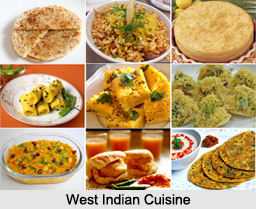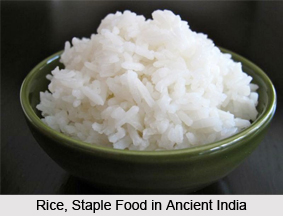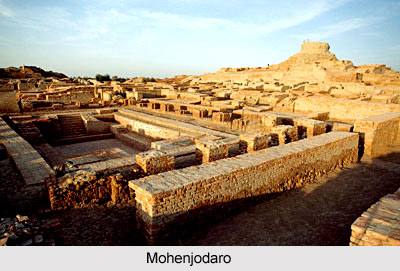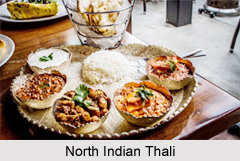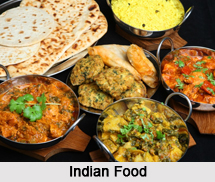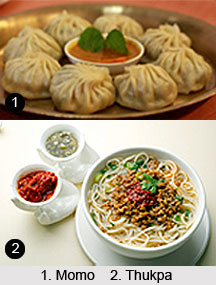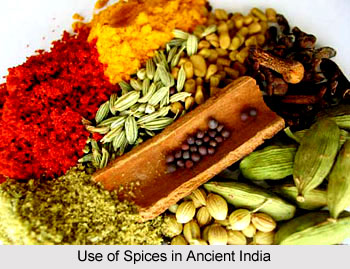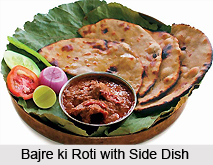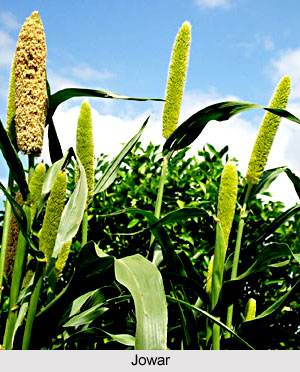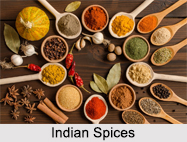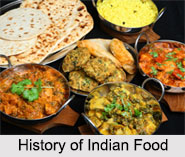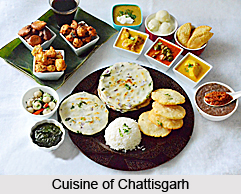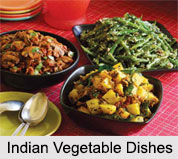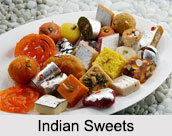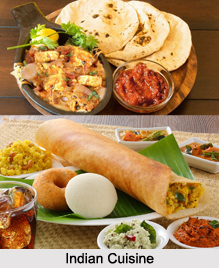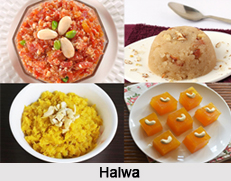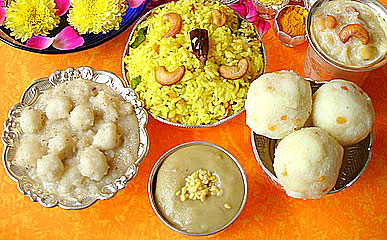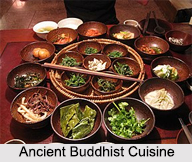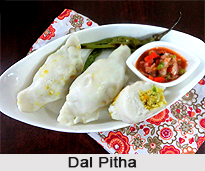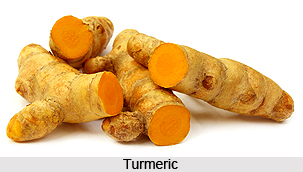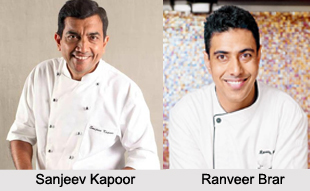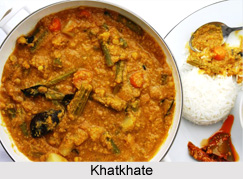 Khatkhate Curry is an exotic mixed vegetable stew of Goan cuisine. It is one of the famous vegetarian dishes in Goa. Khatkhate is a typical Saraswat Brahmin Community preparation usually served at pujas, weddings and many other occasions. It is the favourite dish of many Goans during festivals of "Ganesh Chaturthi". Khatkhate is a Goan as well as a Konkani dish.
Khatkhate Curry is an exotic mixed vegetable stew of Goan cuisine. It is one of the famous vegetarian dishes in Goa. Khatkhate is a typical Saraswat Brahmin Community preparation usually served at pujas, weddings and many other occasions. It is the favourite dish of many Goans during festivals of "Ganesh Chaturthi". Khatkhate is a Goan as well as a Konkani dish.
In the traditional preparation of Khatkhate, kokum is used. "Kokum" is a dark purple fruit native to India and commonly used as a "souring agent" especially in Goan, Konkani and Maharashtrian cuisines. But one can easily use tamarind as a good substitute. There is another local pepper known as "Tirphal" or Sichuan Pepper; commonly used in Konkani and Mangalorean dishes and grown around Maharashtra and southern India. The flavour of tirphal is not hot but more lemony with a refreshing warmth. It"s the flavour of Tirphal which makes the dish unique and so good.
Preparation of Khatkhate Curry
Khatkhate Curry is traditionally prepared with at least 5 different vegetables, grated coconut, jaggery, kokum, different types of spices and lentil. The vegetables can be of any varieties which include radish, potato, sweet potato, carrots, corn on the cob, pumpkins and any seasonal vegetables. The combination of lentils with a coconut spice paste gives this dish depth but also is what makes it a filling meal in itself.
Ingredients:
•1/2 cup Toor Dal
•1 small Potato, large cubes
•1/2 large Plantain, large cubes
•2 medium Corn Cobs, cut into 2" pieces
•1 cup Pumpkin or 1 medium Sweet Potato, large cubes
•1/2 cup Radish, peeled and cubed
•1/2 cup Green Beans, cut into 1" pieces
•1/2 cup Green Peas
•5-6 dried Red Chillies
•1 tsp Goda Masala
•1 tbsp Tirphal
•Salt and Pepper, to taste
•1/2 tbsp Jaggery
•1/2 tbsp Tamarind dissolved in 1/2 cup warm water
•1-2 tbsp Coconut Oil or Ghee
•1 tsp Mustard seeds
•6-8 Curry leaves
•Freshly grated Coconut for garnish
•Freshly chopped Coriander leaves for garnish
For the Coconut paste:
•100gms freshly grated Coconut
•1inch piece of Ginger
•10 dried Kashmiri Chillies soaked in warm water for 10mins
•10 Black Peppercorns coarsely crushed
•1/2 tsp Turmeric powder
Method:
•First cook the toor dal in a pressure cooker. Add about 1 1/2 to 2 cups of water along with the toor dal. Bring to a good boil, cover; reduce the heat to simmer and let cook until the dal is tender but not mushy.
•Trim and prepare all the vegetables accordingly, cutting them into large equal size pieces if possible.
•In a small food processor, grind the dried red chillies, grated coconut, ginger, black pepper and turmeric together into a thick paste using just a little water as needed. Set aside.
•In a large pot filled with just enough water to cover, add a pinch of salt and the vegetables. Bring to a gentle boil and let simmer until the root vegetables are tender.
•Now add in the spices like turmeric, goda masala, tirphal, salt and pepper. Then add the mashed toor dal along with the ground coconut and dried red chilli paste, the jaggery and the tamarind with its soaking liquid.
•Mix gently to combine, cover and let cook on low for about 5-8 minutes or until the flavours have combined nicely.
•Meanwhile take a pan and add coconut oil to it. Then add mustard seeds to it and let them crackle. Add curry leaves.
•Drizzle the tarka over the top. Garnish with the freshly grated coconut and coriander leaves. Serve with chapati or plain rice.
